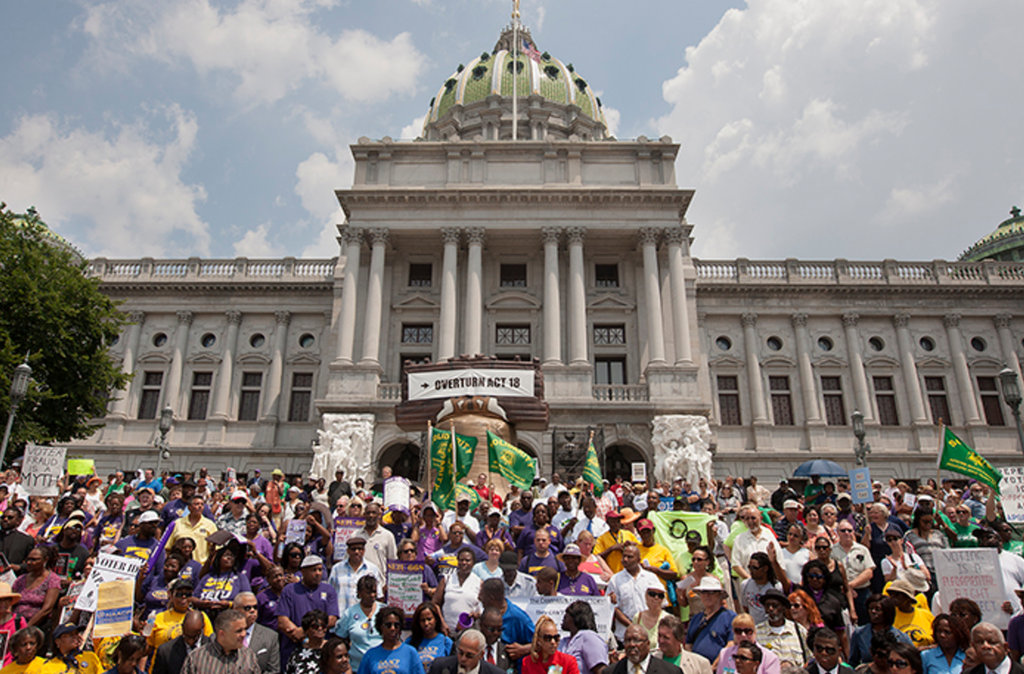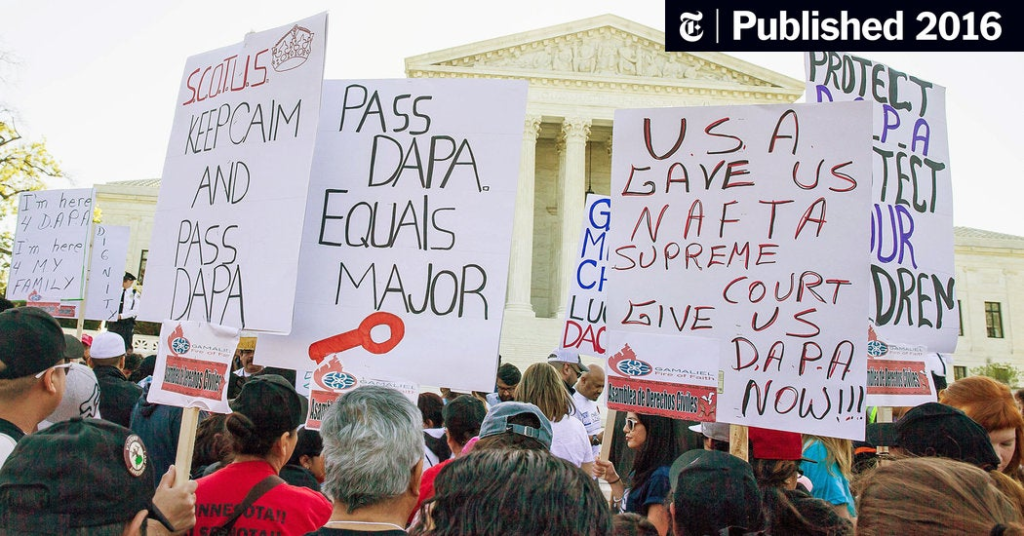Election oversight and voting rights have become some of the most contested issues in American politics today. Across the country, courts are making decisions that directly affect how elections are run, who can vote, and how fairly representation is distributed. These rulings are not just about technicalities; they are shaping the future of U.S. democracy and public trust in the electoral system.
This article explores recent legal battles, why they matter, and what they could mean for the long-term protection of election oversight and voting rights.
Recent Legal Battles in the Courts
Several high-profile cases have highlighted how disputes over election oversight and voting rights are playing out in the courts.
Disputes Over Voter Registration Rolls
The Department of Justice has sued states such as Oregon and Maine for refusing to provide access to voter registration rolls or detailed records on how those rolls are maintained. Federal officials argue that these lists are required by law to be accessible for oversight. State leaders, however, claim that sharing full lists could expose sensitive voter data and undermine privacy.
Preservation of Election Records
In Arizona, federal officials have ordered the preservation of all records related to the 2020 election. This stems from concerns that state officials may not have fully complied with federal voter registration laws. These disputes reflect broader questions about how long records must be kept and who has the authority to inspect them.
Court-Ordered Redistricting
Mississippi recently faced a ruling requiring its Supreme Court electoral map to be redrawn. Judges found that the existing map diluted the power of Black voters by splitting up communities in ways that weakened their political influence. This decision is part of a larger national trend of lawsuits challenging maps that unfairly reduce minority representation.

Limits on Election Boards
In Georgia, the State Supreme Court struck down several rules made by the State Election Board before the last general election. The court ruled that the board overstepped its authority, creating regulations that only the legislature had the power to pass. These included changes to absentee ballot handling and drop box use, raising questions about who can set voting rules in a state.
Supreme Court Declines Some Cases
The U.S. Supreme Court recently declined to hear a case from Pennsylvania Republicans who sought to block the counting of certain provisional ballots. The lower court ruling stood, which allowed those ballots to be included in the count. This shows how the Court’s decisions, even not to act, can shape election outcomes.
Why These Cases Matter
These battles go beyond technical disputes. They directly affect voter access, representation, and public confidence in elections.
Access to the Ballot
Rules about registration, ID requirements, absentee voting, and ballot counting determine whether people face unnecessary barriers to voting. When oversight is weak, eligible voters risk being excluded from the process.
Representation and Power
Redistricting cases reveal how maps can either empower or weaken communities. By splitting minority groups into multiple districts, lawmakers can reduce their ability to influence elections. Court intervention in these cases helps preserve equal representation.
State vs Federal Control
Some cases highlight the ongoing tension between state governments and federal oversight. States often argue that they should control their own election procedures, while federal authorities emphasize the need to enforce national standards to protect rights across all states.
Building or Weakening Trust
Uncertainty about rules, especially when they change just before an election, can undermine public confidence. When courts intervene too late, voters and officials may struggle to adapt, leading to confusion and doubt about the legitimacy of results.

Long-Term Trends in Election Oversight and Voting Rights
From these rulings and disputes, several long-term trends are becoming clear.
Strengthening Protections
Some rulings have reinforced voting rights by striking down unfair maps or ensuring that provisional ballots are counted. These steps help strengthen protections for vulnerable voters.
Limiting Administrative Authority
Courts are increasingly limiting the powers of election boards and commissions, insisting that major changes come from legislatures. While this preserves checks and balances, it can also slow down responses to new election challenges.
Rising Federal Involvement
The Justice Department has taken a more active role in monitoring election practices, from voter list maintenance to record preservation. This trend signals a stronger federal presence in how states run their elections.
Legal Instability
Because many disputes are ongoing, rules can remain unclear until close to an election. Last-minute changes risk creating confusion among voters and officials alike. Stability and clarity are essential for building trust.
Impact on Civic Trust
Public trust in elections depends on fairness, transparency, and consistency. If legal disputes continue to create uncertainty, skepticism and division could grow, weakening confidence in democratic institutions.
What Lies Ahead
Looking forward, several issues will shape the future of election oversight and voting rights.
- Supreme Court decisions on key Voting Rights Act cases, including whether private citizens and advocacy groups can sue under its provisions.
- Ongoing redistricting battles in states where maps are accused of diluting minority voting power.
- New state and federal legislation either expanding access to voting or imposing stricter requirements on identification and mail-in ballots.
- Continued federal oversight and possible lawsuits over voter registration, ballot handling, and election recordkeeping.
- Timing of rulings, since late decisions often cause confusion just before elections.
Striking a Balance
Balancing state control, federal oversight, and voter protections is one of the hardest challenges in U.S. democracy. Some principles can guide this balance:
- Transparency in how voting rules and maps are made.
- Clear protections for minority and vulnerable voters.
- Federal standards that prevent discrimination while respecting state flexibility.
- Accountability of election officials and boards.
- Avoiding sudden rule changes just before elections.
Conclusion
Election oversight and voting rights are at the heart of democracy. Recent court battles show how fragile the balance is between ensuring fair access and respecting state authority. These decisions affect who can vote, how fairly votes are counted, and whether communities are represented equally.
The outcomes of these disputes will shape not only the mechanics of elections but also the trust citizens place in them. Ensuring fair maps, clear rules, and equal access is essential to preserve public faith in the democratic process. The future of American democracy depends on how well these principles are upheld.
Do Follow USA Glory On Instagram
Read Next – Healthcare Budget Battles Threaten Medicaid and ACA






